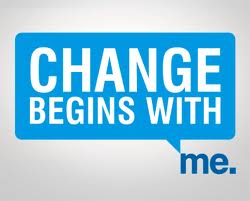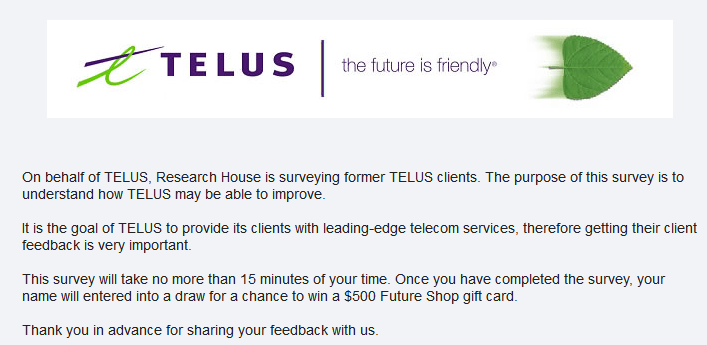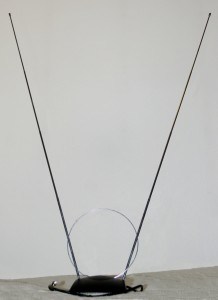 Noted online petitioner Change.org will be promoting a petition to stop bandwidth capping this week.
Noted online petitioner Change.org will be promoting a petition to stop bandwidth capping this week.
Perhaps best known for hosting an appeal which influenced Bank of America to drop their proposed $5 monthly ATM card fee, Change.org will be presenting the ‘no data capping’ petition on various social media sites in an attempt to gain signatures.
The petition’s letter, directed to AT&T, Comcast, the Federal Communications Commission, and all Internet Service Providers (ISPs) who practice data capping, demands that they return to a billing model of unlimited access for a reasonable monthly fee. Telecommunication providers have a responsibility to improve service, not lower it, the authors argue, particularly in light of the fact that taxpayer-funded broadband pipelines already exist, which the providers are not using.
Petition author David K. Smith argues that data caps contradict the Internet’s inherent purpose. In the petition page’s linked article, “Why Data Caps Are Censorship,” he states that as the Internet is exponentially growing, one can always access more information than any data cap could allow, resulting in censorship from “the Big Picture.” The article maintains that exclusion from the total amount of information available results in “leashed” users having an incomplete perspective due to restricted access, and that incomplete, fragmentary information is useless.
“Now is a great time to be signing and sharing this petition,” said Smith. “We have Change.org’s attention, and more and more articles are appearing to protest bandwidth injustices. I feel this is a critical fight for our freedom to information.”
Change.org online help assets suggest that one of the most effective ways to gain signatures is for advocates to place a link to the petition under appropriate news and technical articles, along with a paragraph describing its relevance to the subject discussed.
[Stop the Cap! encourages readers to sign this (and other) petitions which declare the practice of Internet Overcharging unacceptable. Whether it’s data caps or throttled speeds, customers deserve an unlimited, unthrottled Internet experience they pay good money to receive. As financial reports show, today’s unlimited pricing formula delivers enormous profits to broadband providers, even as their costs to provide the service continue to decline.]


 Subscribe
Subscribe







